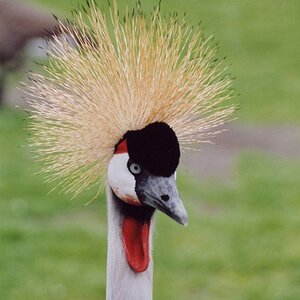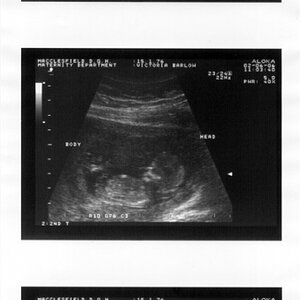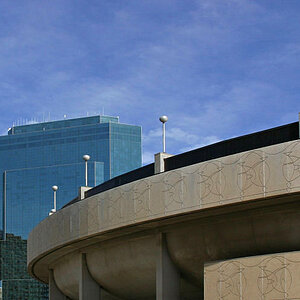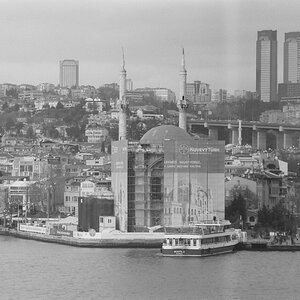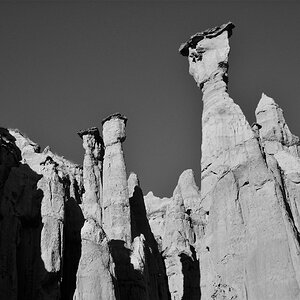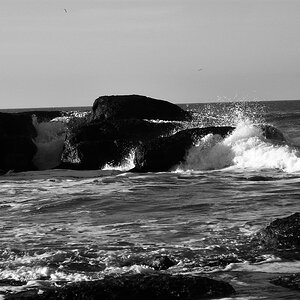GorillaJJitsu
TPF Noob!
- Joined
- Jun 21, 2019
- Messages
- 56
- Reaction score
- 5
- Can others edit my Photos
- Photos OK to edit
I’ve owned this lens for about 4 months now. It’s the original kit lens.
I still can’t figure out what it’s best for as I’m branching off the fixed primes now. Only thing I’m seeing it useful for is landscape? Maybe I’m missing something... It’s also just too slow for anything other than landscape it seems... thoughts?
I still can’t figure out what it’s best for as I’m branching off the fixed primes now. Only thing I’m seeing it useful for is landscape? Maybe I’m missing something... It’s also just too slow for anything other than landscape it seems... thoughts?


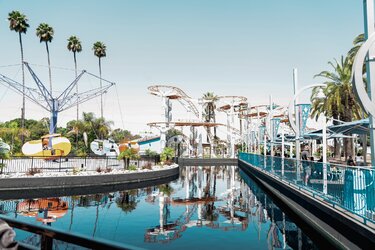
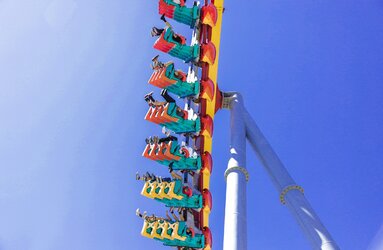
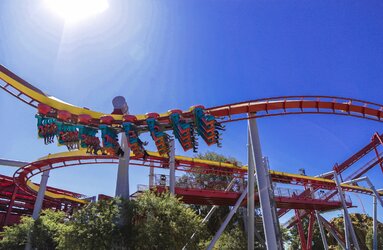
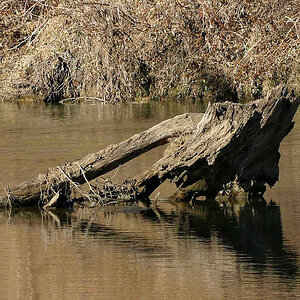
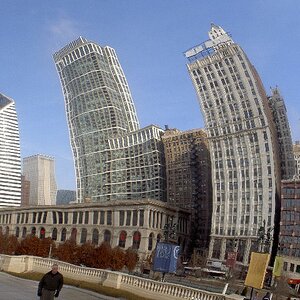

![[No title]](/data/xfmg/thumbnail/41/41756-e54235f9fba04c8380cd991845bb84b1.jpg?1619739881)
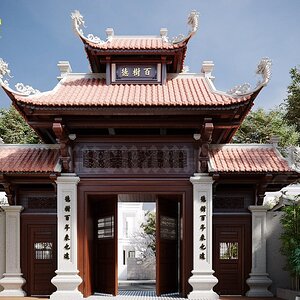
![[No title]](/data/xfmg/thumbnail/41/41757-2c3d7911242848ab00e3e9aaafa24381.jpg?1619739882)
